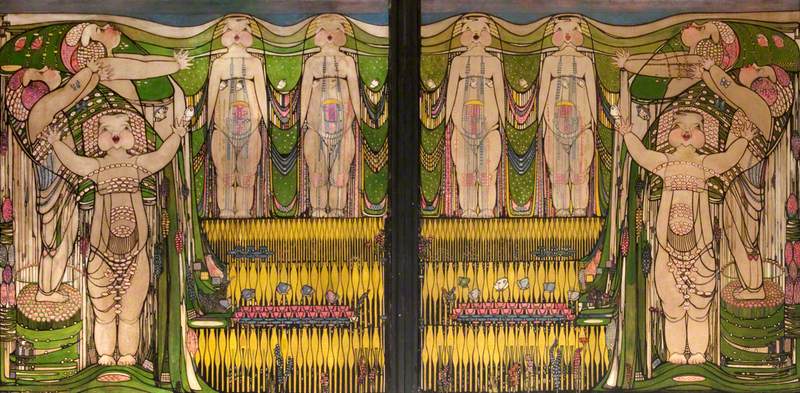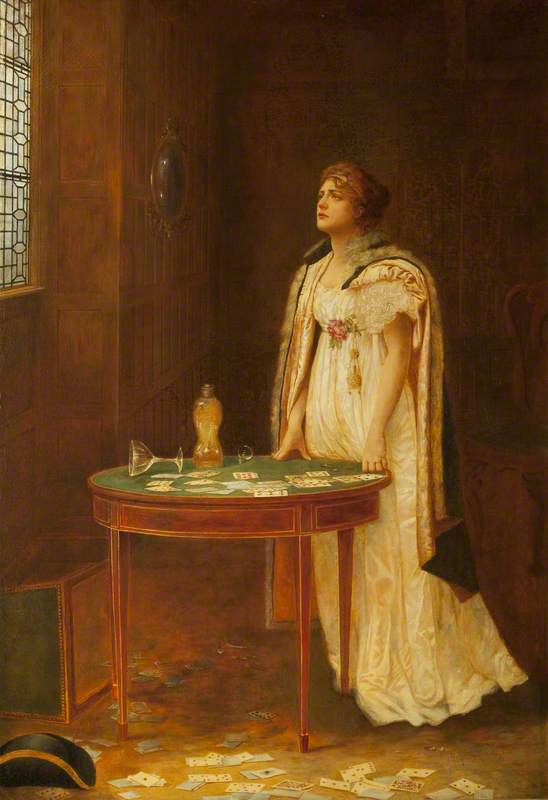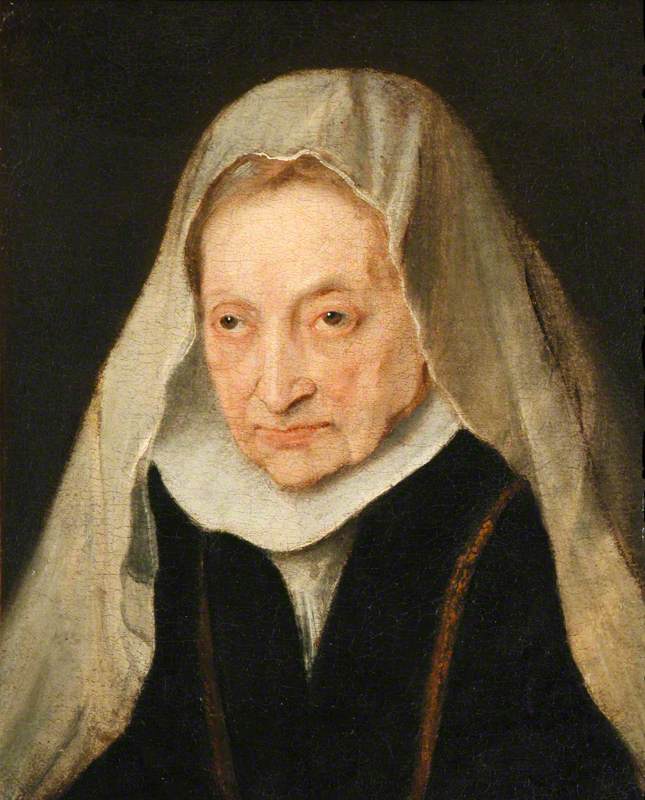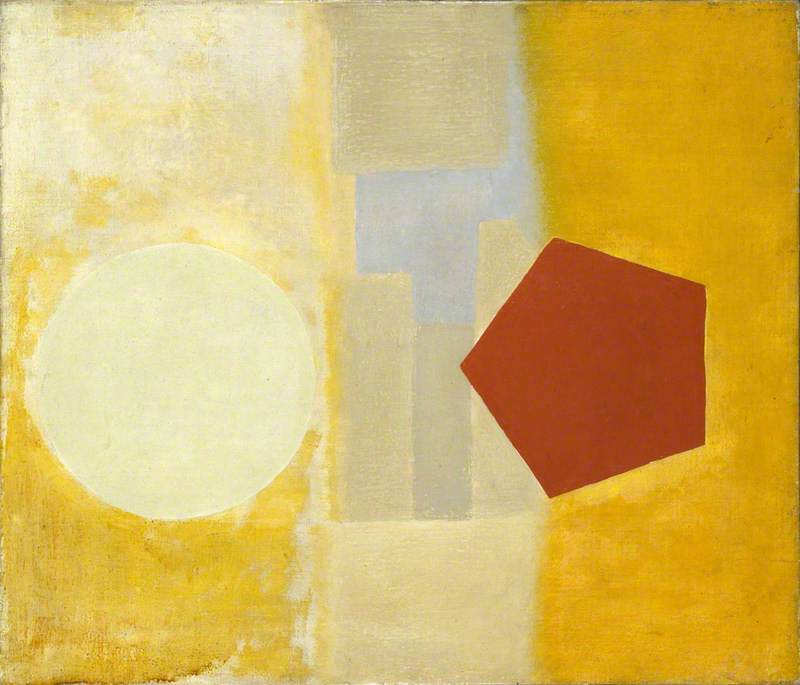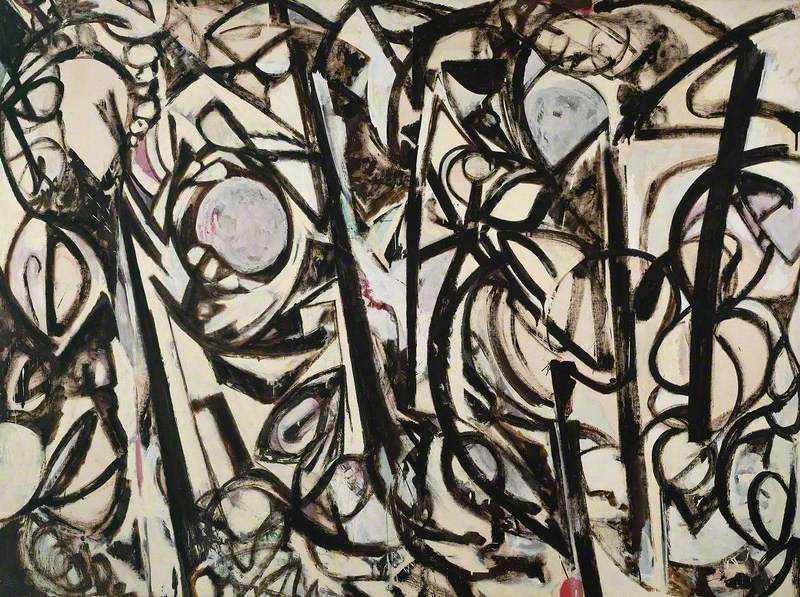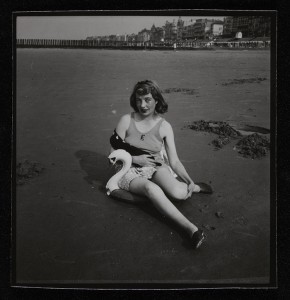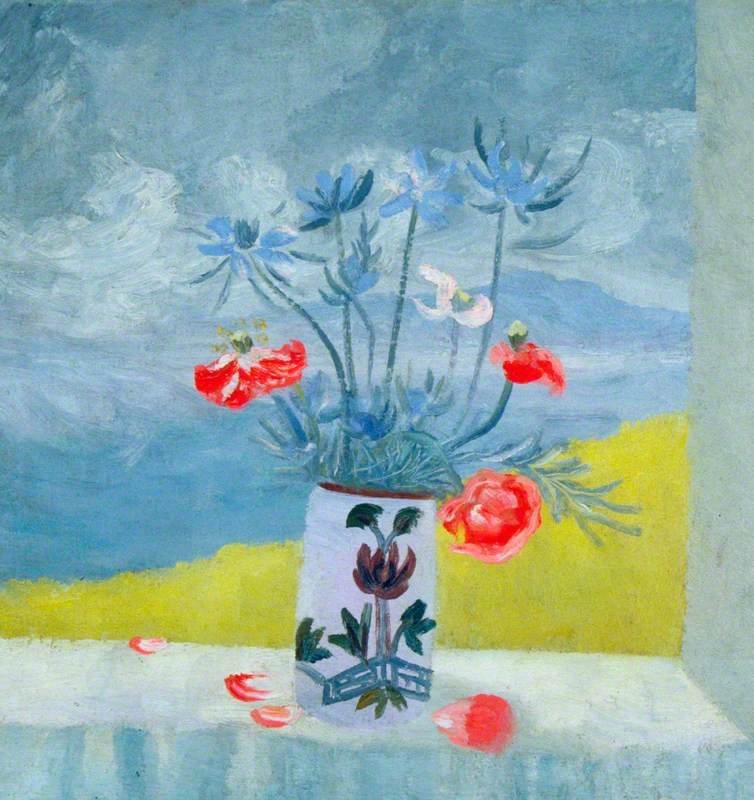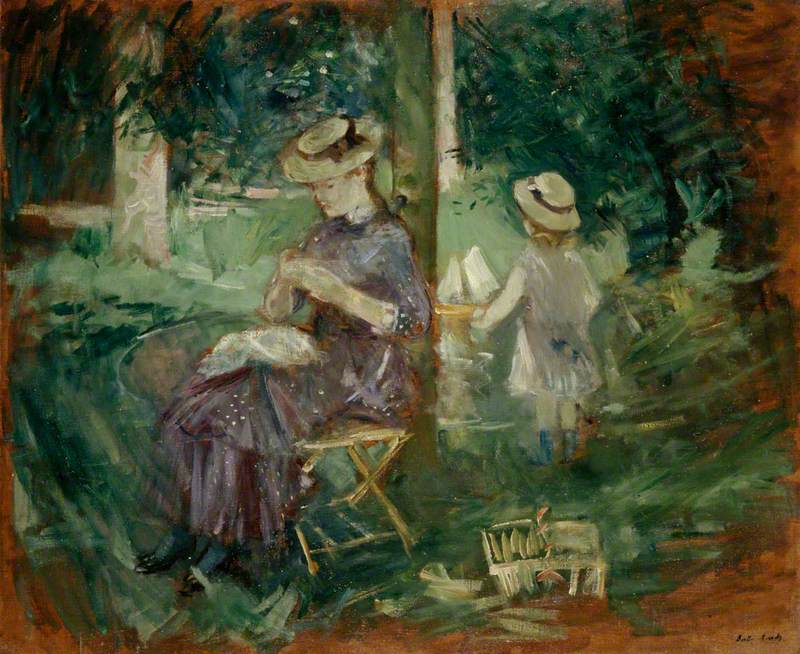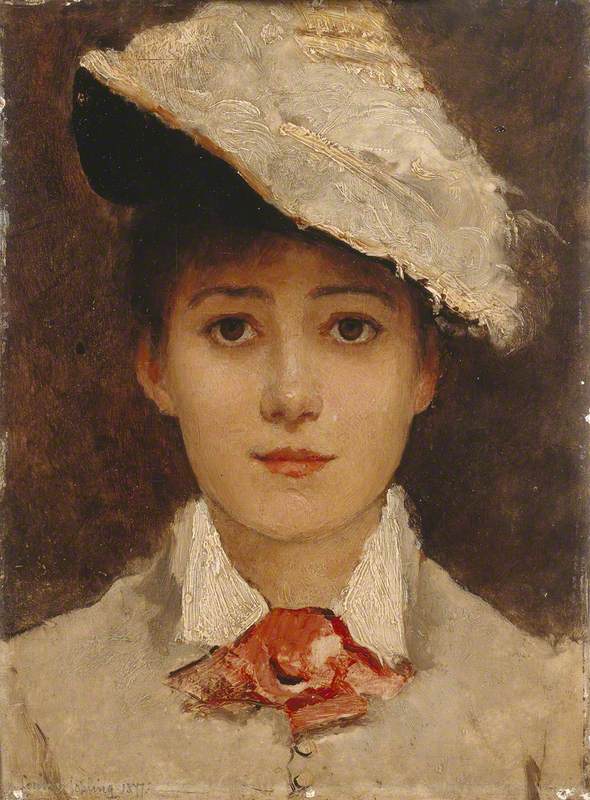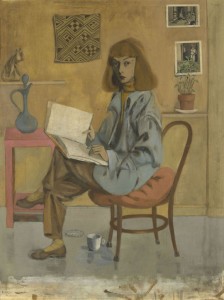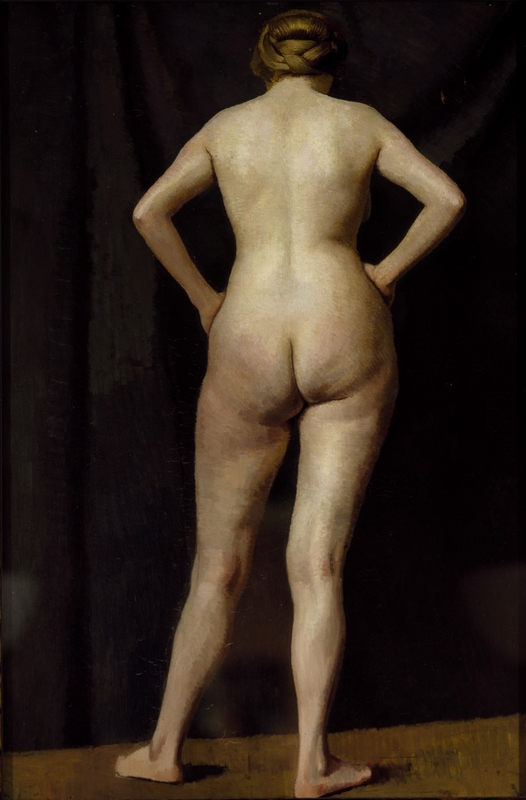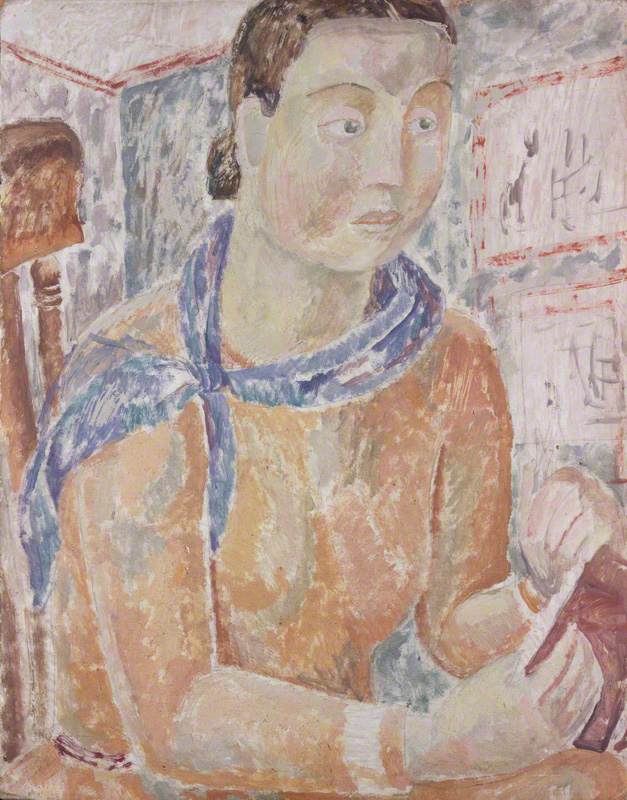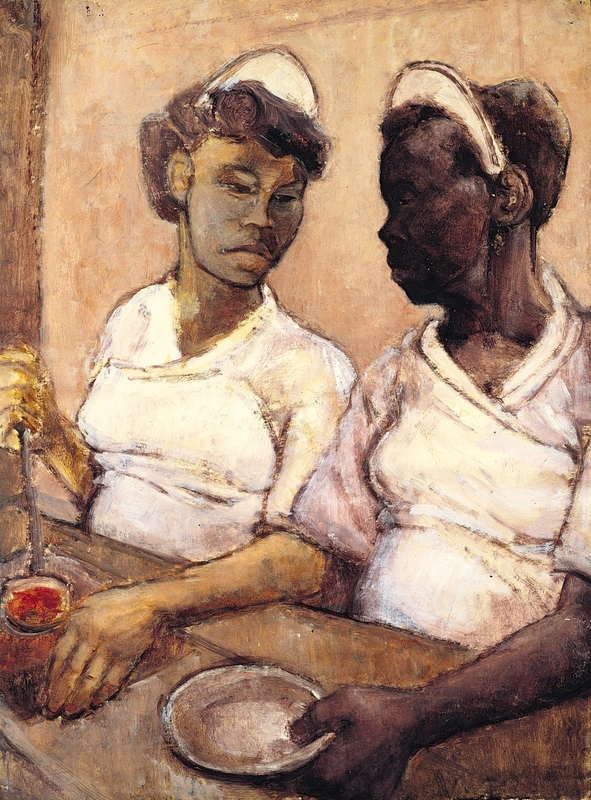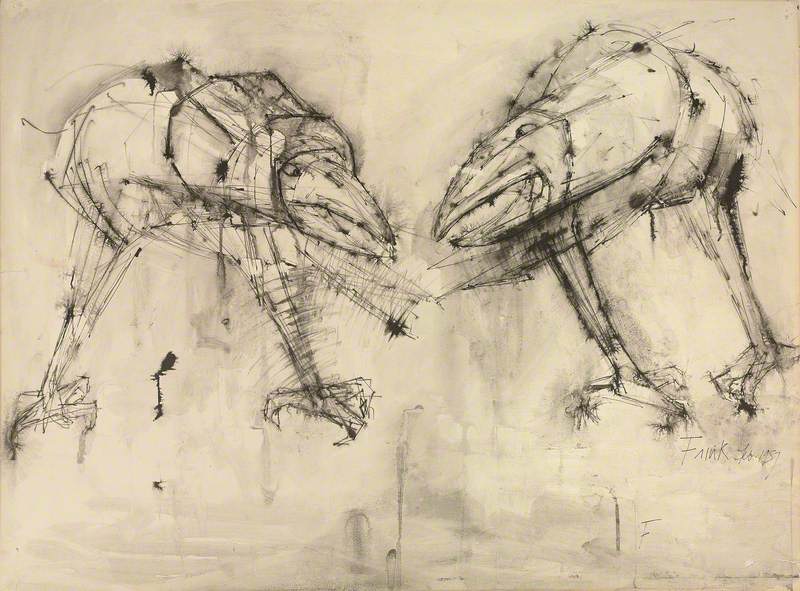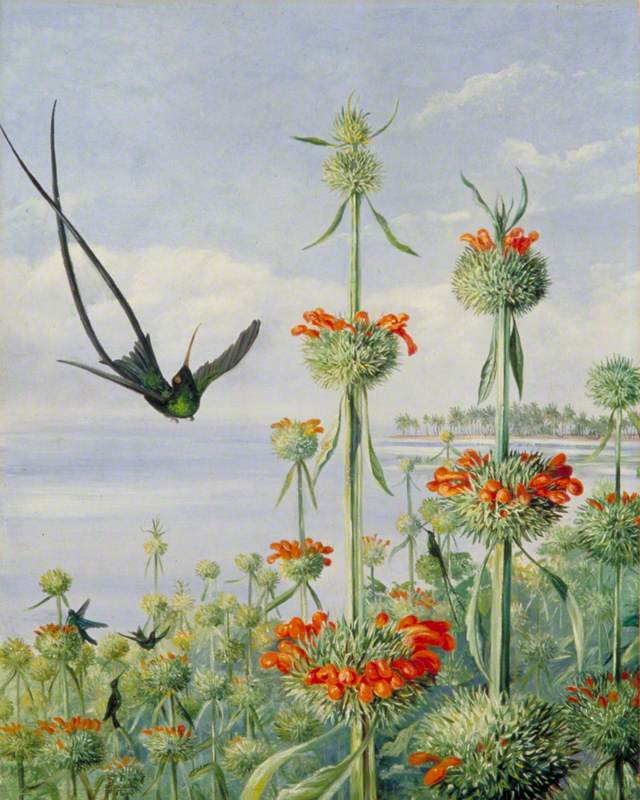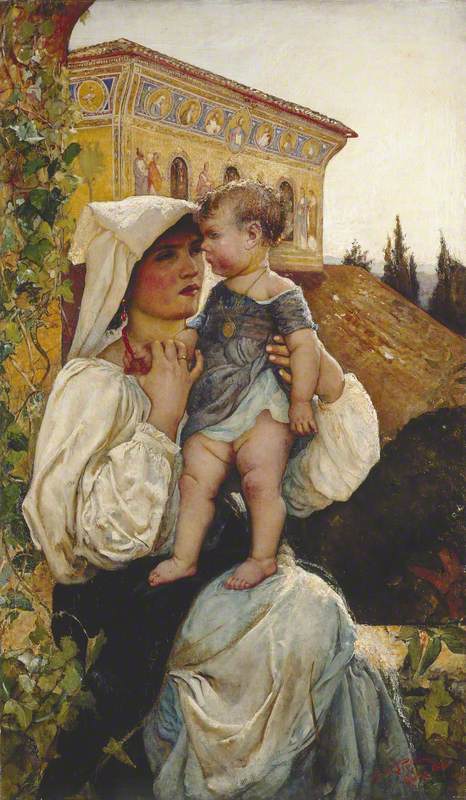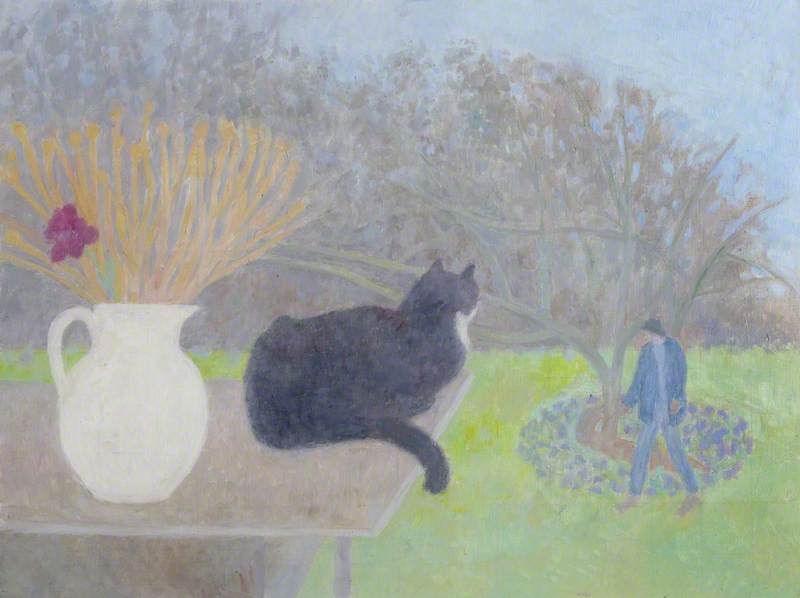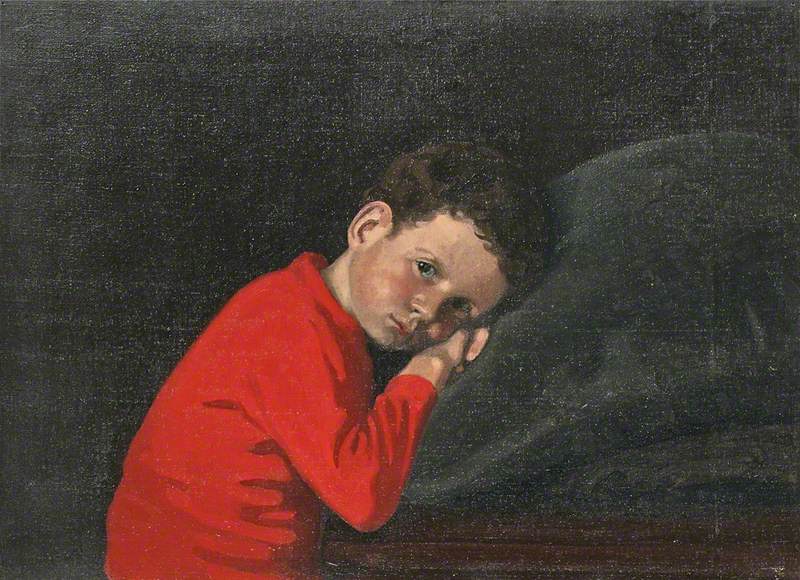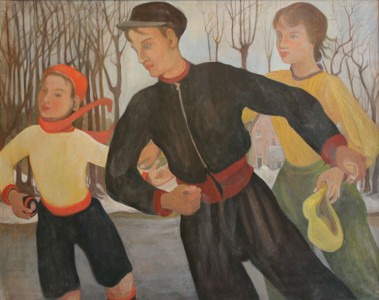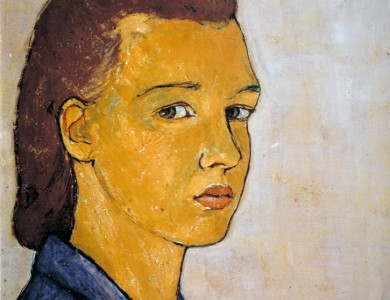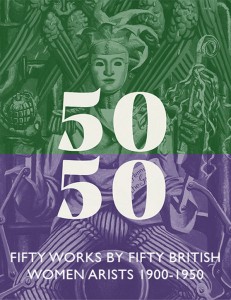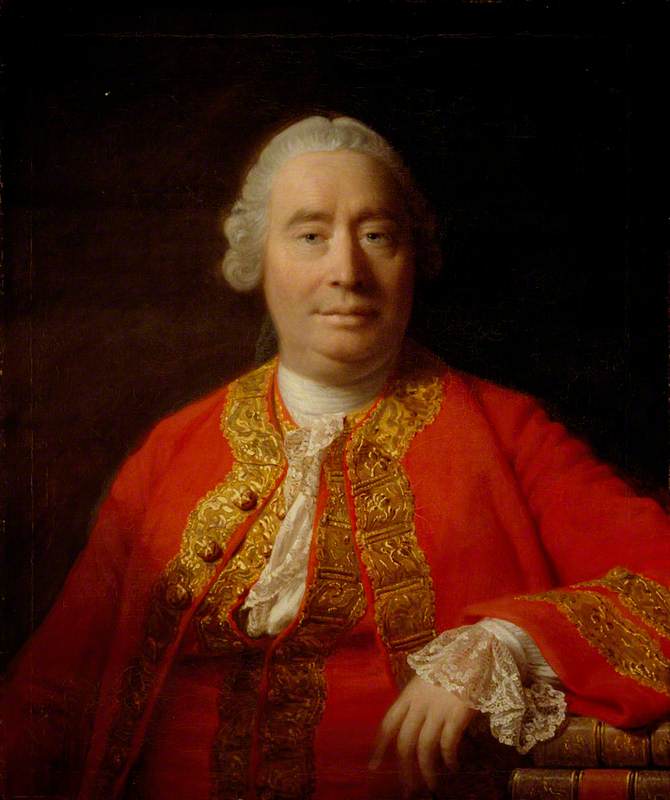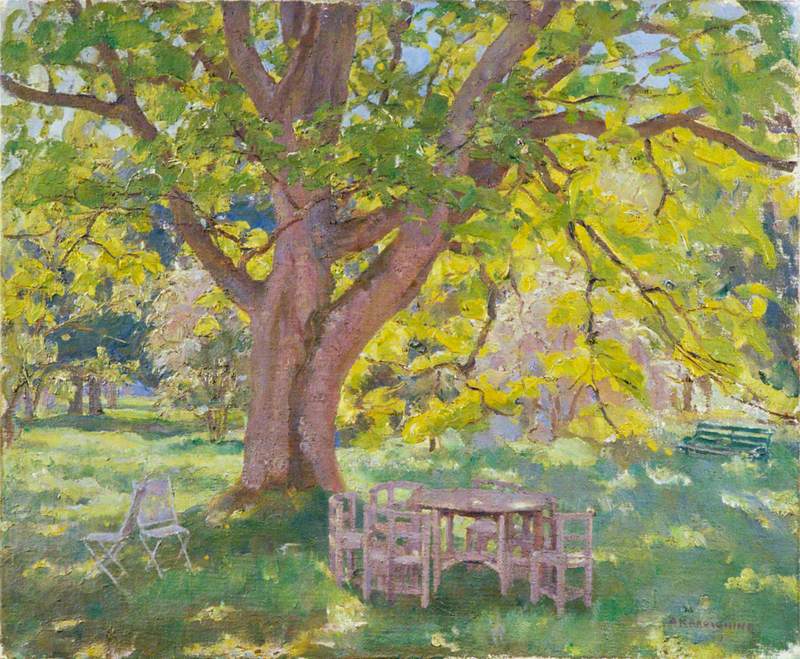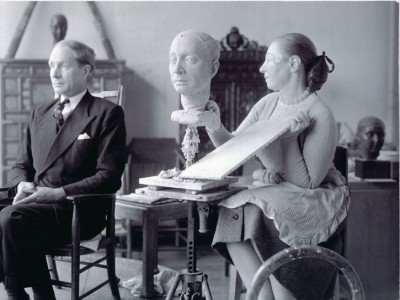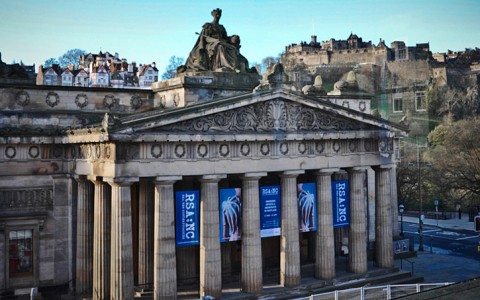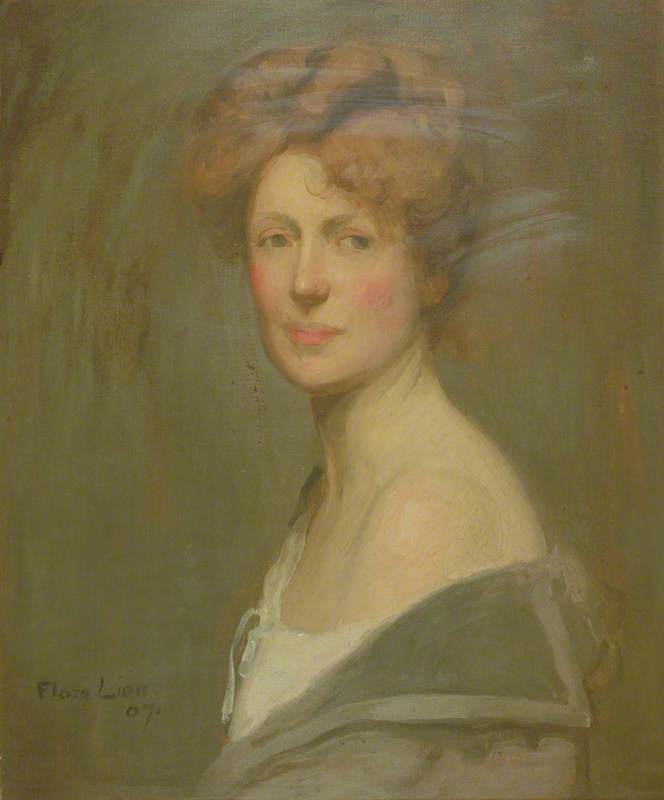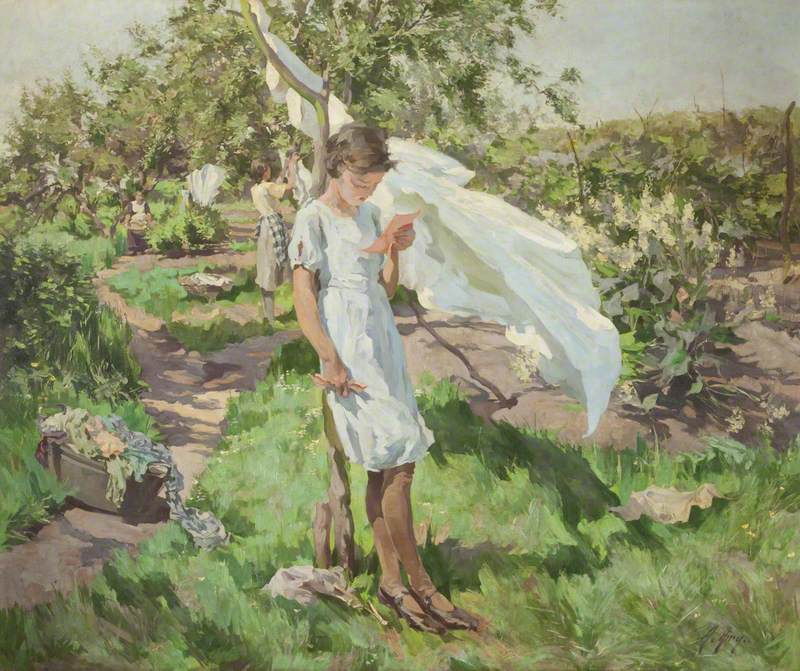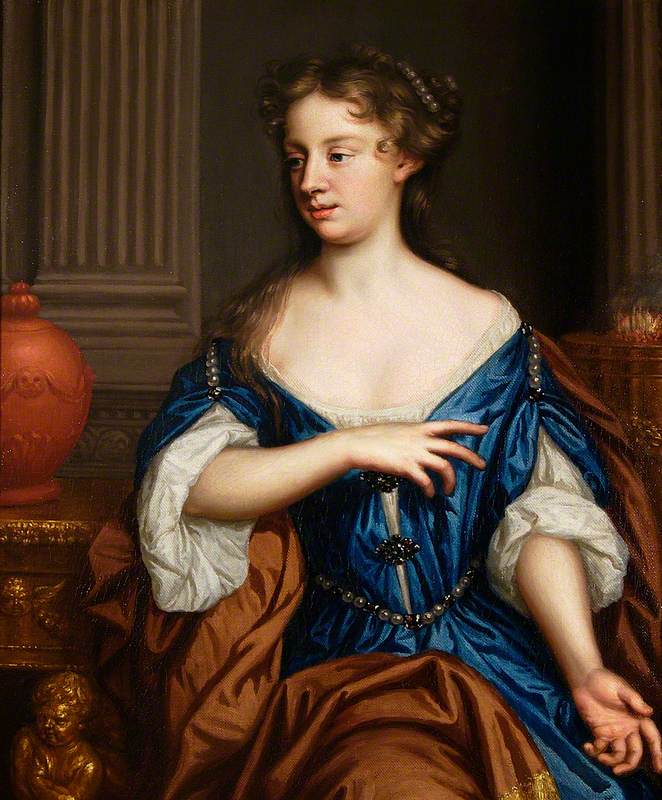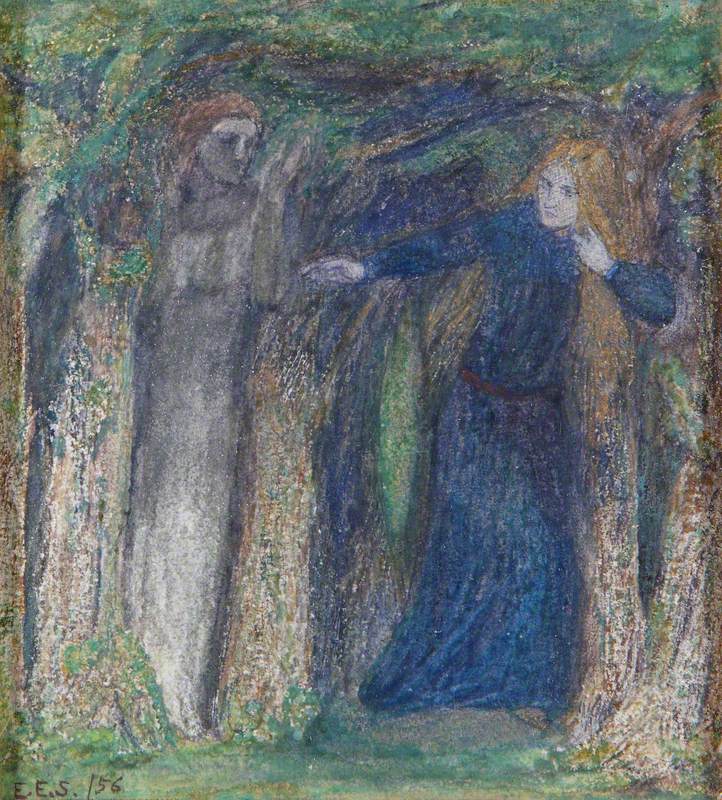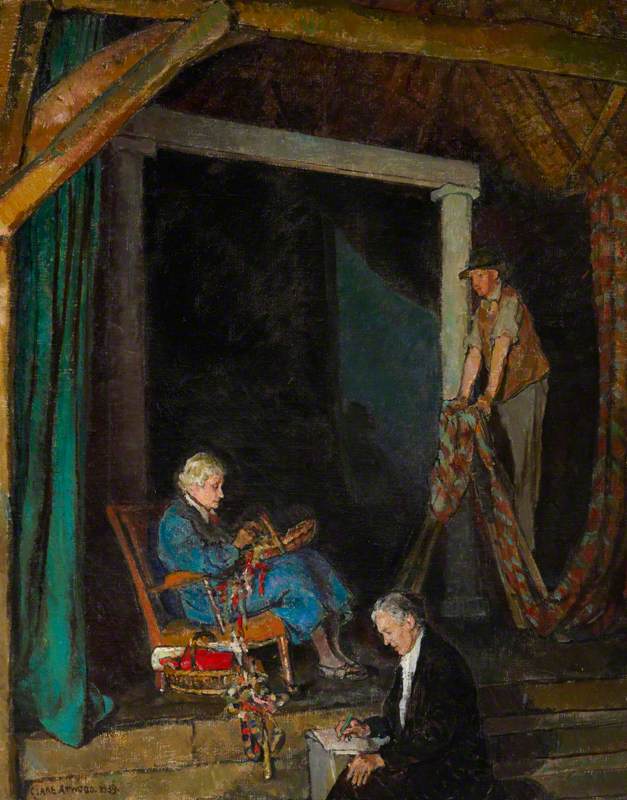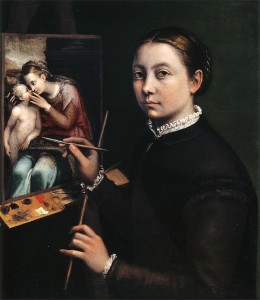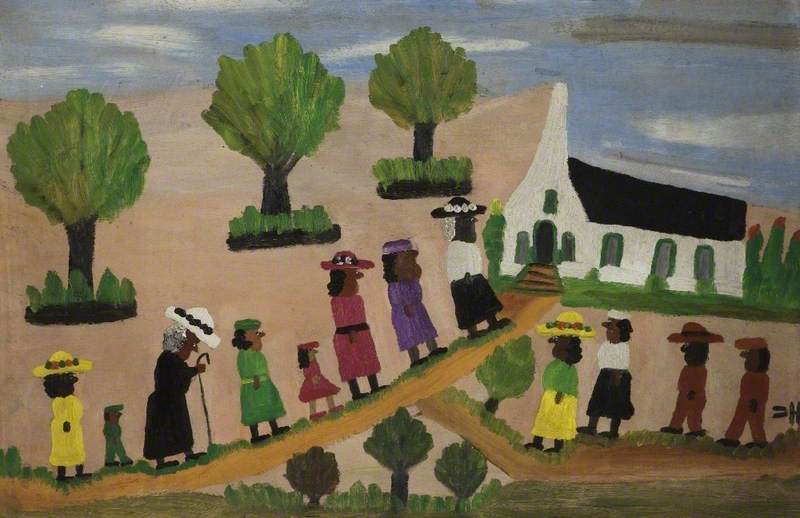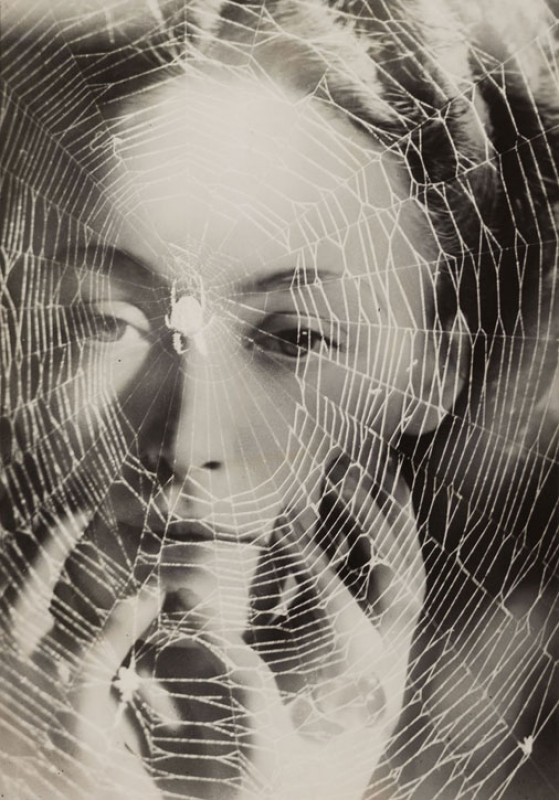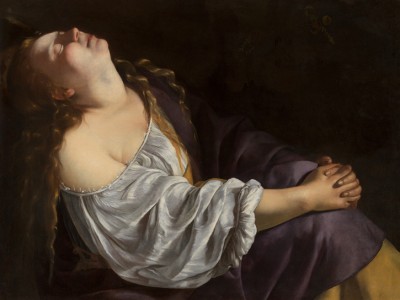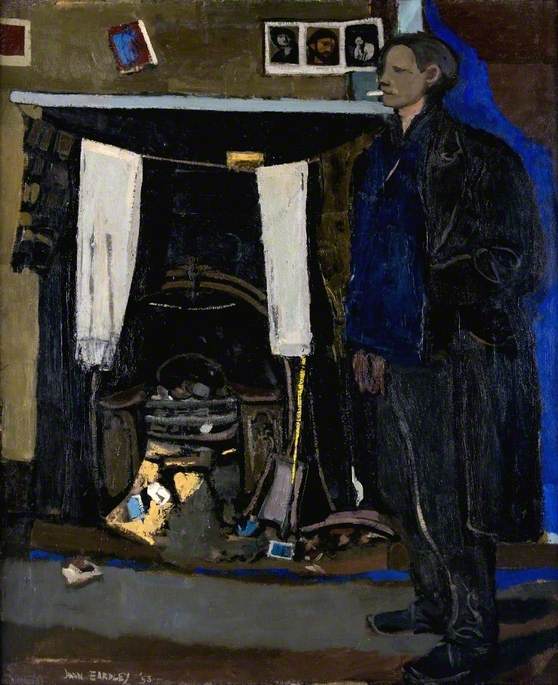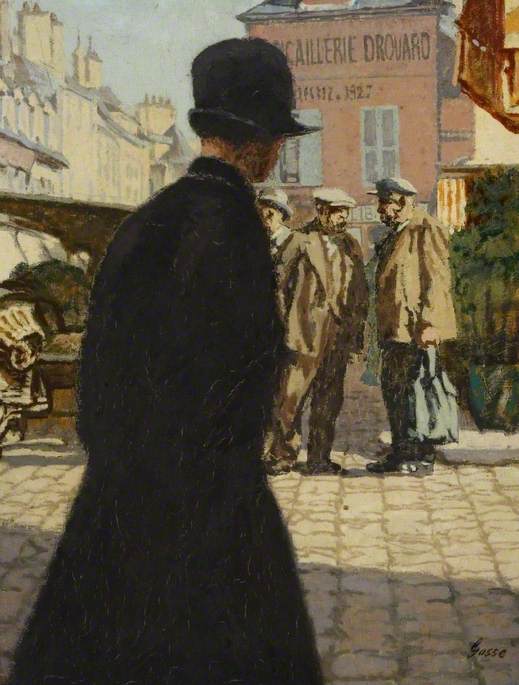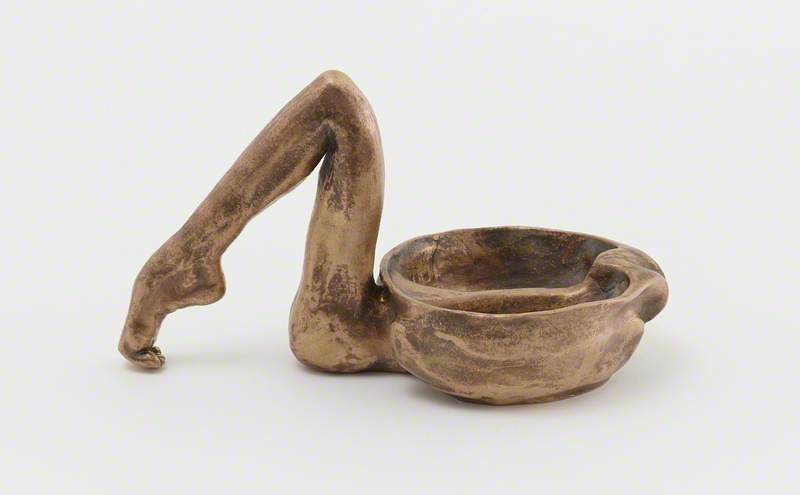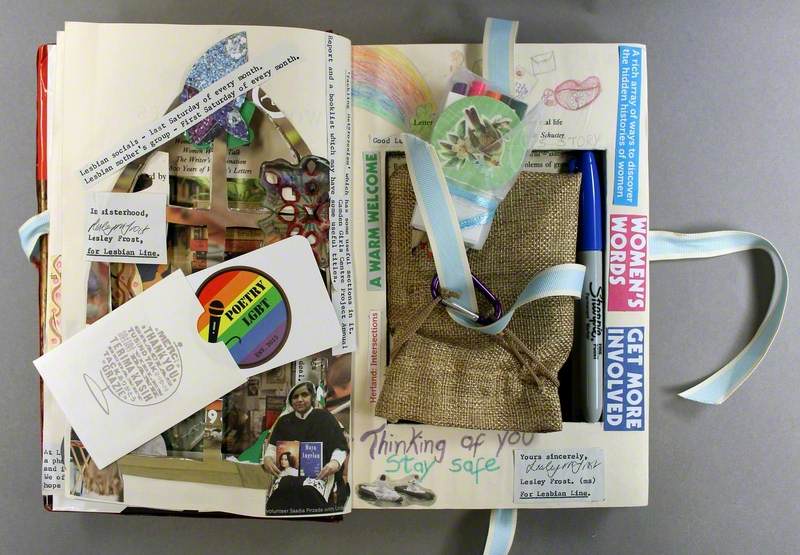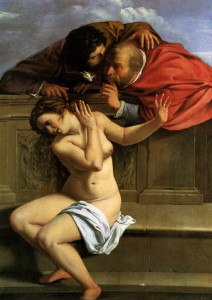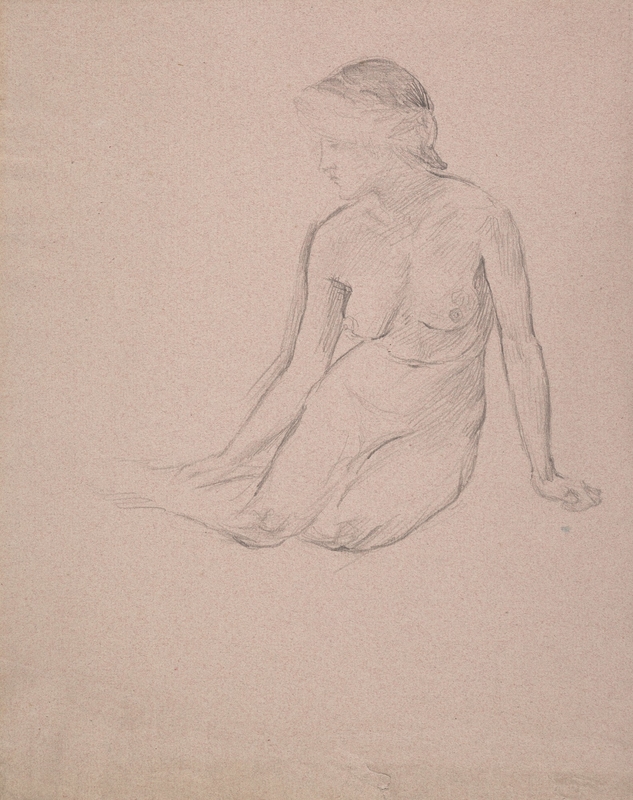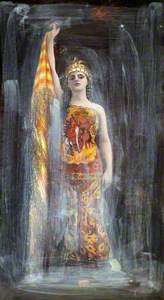1. Margaret Macdonald Mackintosh (1864–1933)
The first thing you may notice about this artist is her distinctive surname, and indeed, there is a connection: Margaret married the world-famous designer Charles Rennie Mackintosh on 22nd August 1900. The couple had no children. Charles was extremely favourable about his wife, reportedly saying that 'Margaret has genius, I have only talent.'
In 1890, before meeting Charles, Margaret attended The Glasgow School of Art. Her work is held at major Scottish collections, such as the Hunterian, The National Trust for Scotland and Kelvingrove Art Gallery and Museum. Despite one of her works selling for £1.7 million instead of the expected £200k–£300k at auction in 2008, there have still been no exhibitions of her work or major publications.
My personal favourite is the painting titled The Little Hills at the Hunterian.
Painted around 1914–1915, this work is made up of two canvases and was made during the Mackintoshes' stay in Walberswick, Suffolk. The subject is inspired by the 65th Psalm: 'Thou crownest the year with thy goodness ... and the little hills shall rejoice.' When you look at the painting carefully you can see many tiny butterflies dotted about the painting. The yellow and green designs in the work are ahead of their time, and the fine lines and attention to detail in her work are simply stunning.
2. Margaret Deborah Cookesley (1844–1927)
I stumbled upon Cookesley's work on Art UK when looking for paintings of gambling. The first work I saw of hers was The Gambler's Wife.
I was struck by how powerful the work is; a lone woman stares with her chin tilted upwards towards the world outside, staring up at the window with a longing and desperate look. It appears as though she is no longer with us in this room. Her hands press firmly against the cards table where a fallen glass lays, and her dress pushes up against the table as though propping her up before she collapses to the floor. A black and gold-trimmed hat lays discarded on the floor surrounded by scattered cards as though a dramatic exit was made.
Intrigued by this portrait, I decided to look at a few more of Cookesley's works and found another powerful work, this portrayal of Cleopatra at the Walker Art Gallery in Liverpool.
Museums Sheffield kindly provided me with some biographical information about Cookesley, née Garland. Born into a large family, her father was a landowner and magistrate. She had five siblings and lived with four servants, and in 1866 she married an army captain. Interestingly, from 1884 to 1920 Cookesley exhibited at the Royal Academy and with the Society of Women Artists.
3. Sofonisba Anguissola (c.1532–1625)
The first I heard of Sofonisba was whilst reading Christopher Wright's article on Art UK.
It is rare to find women artists of this era, which is one reason why she fascinates me, but another reason is her painting of her sister. Held at Southampton City Art Gallery, The Artist's Sister in the Garb of a Nun shows a woman who looks incredibly young to be a nun dressed all in white and completely at ease in her surroundings. She has an almost Mona Lisa smile about her, and looks straight at the viewer. She looks confident yet humble and is bathed in light.
The Artist's Sister in the Garb of a Nun
1551
Sofonisba Anguissola (c.1535–1625) 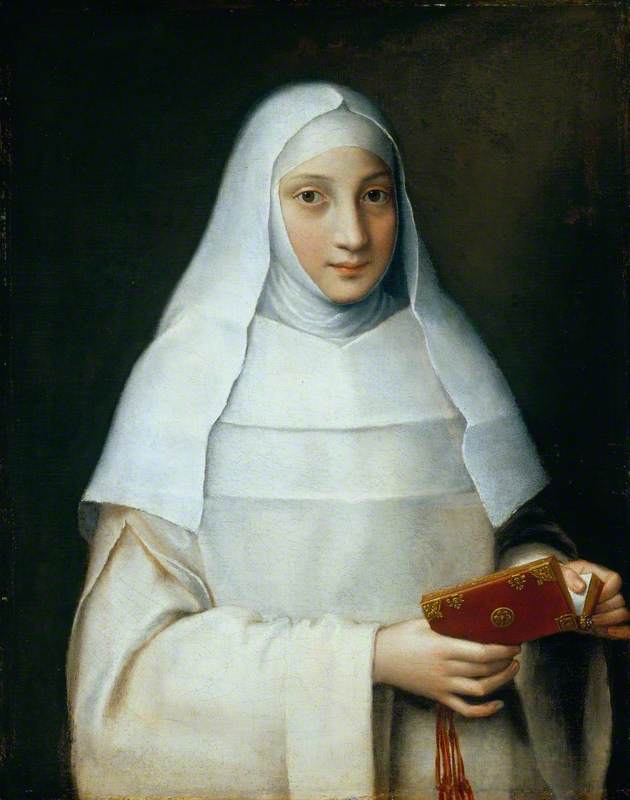
The saddest thing about Sofonisba's work is that she rarely signed it: there could be lots more of her works out there that will never be attributed to her. However, we do know what she looked like, as she was painted by Anthony van Dyck.
4. Winifred Nicholson (1893–1981)
Another familiar surname, Winifred was the first wife of Ben Nicholson.
Her work is held in many high profile collections across the UK including Tate and The Courtauld Gallery. She has 90 works in over 30 venues across the UK. Her primary subject focus is flowers, but she also painted her children and landscapes.
Kate and Jake, Isle of Wight
1932
Winifred Nicholson (1893–1981) 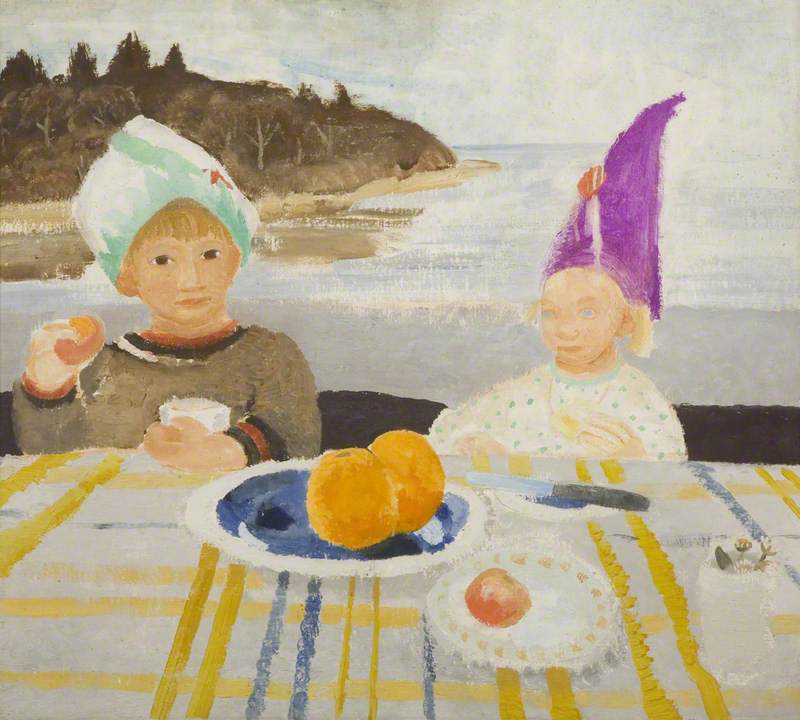
She was also a collector and in the 1930s purchased work from Nahum Gabo, Jean Hélion, and Giacometti. In fact, she was also the first British collector to buy a Mondrian. She had a great influence on the art world, but she is not a household name.
Moonlight and Lamplight is a particularly interesting piece, where she appears to be heavily influenced by Ben's work, or perhaps she influenced him! The shapes look as though they have been cut out and stuck on the artwork, and the muted tones within the yellow areas are reminiscent of Ben's palette.
One of my favourites is Window-Sill, Lugano; I like that the strokes of the paintbrush are visible and the limited blending of colours in the landscape has created an abstract feel.
5. Lee Krasner (1908–1984)
Sadly, we only have one artwork by Lee Krasner on Art UK, titled Gothic Landscape and held by Tate.
It has strong black lines that stain the canvas with the colour of grief. Painted in 1961, five years after the unexpected death of her husband, Jackson Pollock, there is immense sadness in the piece along with feelings of confusion and anger.
There are eleven of her works held at the Museum of Modern Art in New York, some of which have very obvious influences of Pollock.
However, there are others that seem unique in their style – in particular the work Gaea, which I feel as though I could look at forever.
Alice Payne, Art UK Senior Editor
